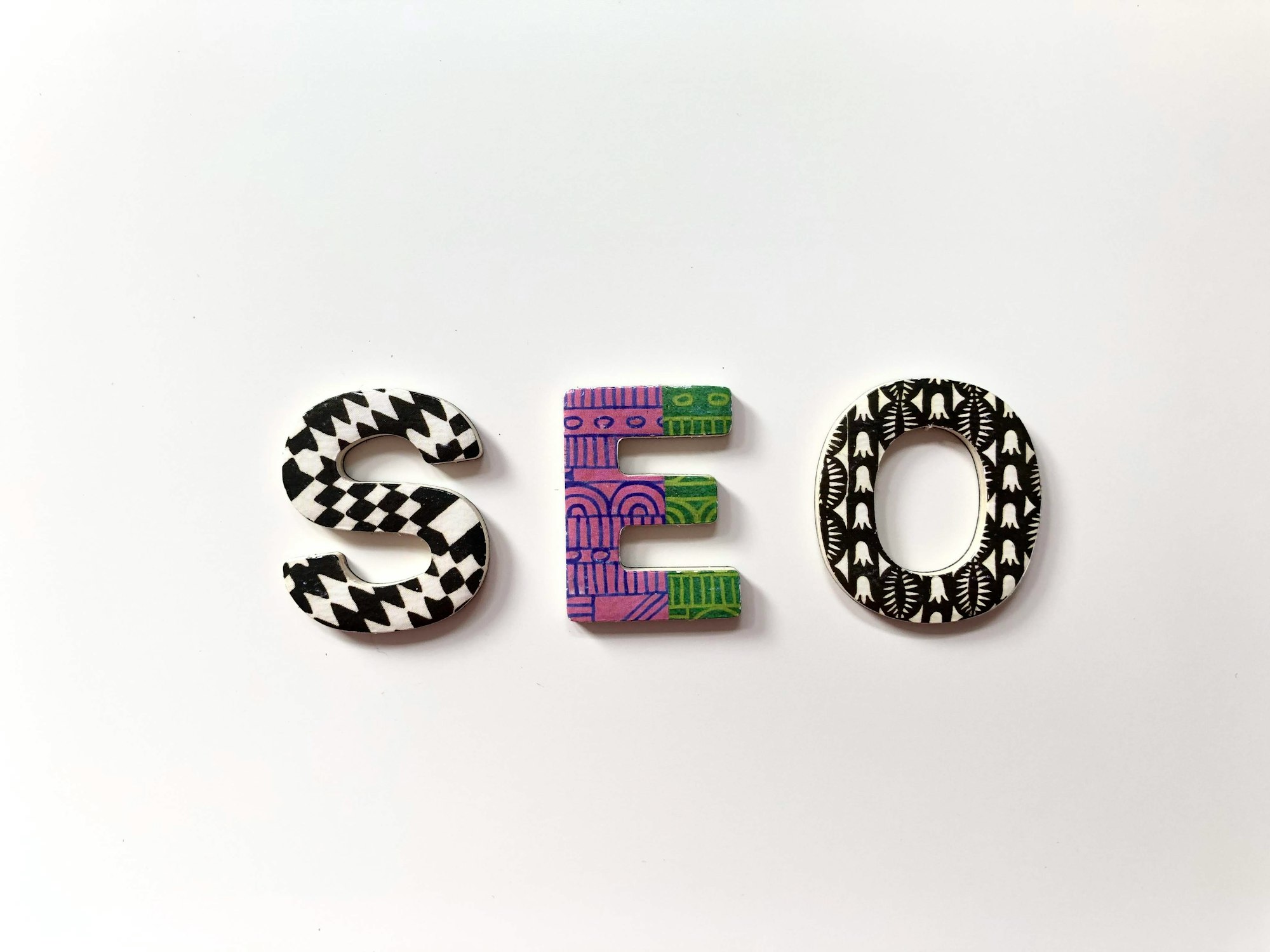SEO Glossary

Here’s a glossary of commonly used terms in SEO (Search Engine Optimization):
- SEO (Search Engine Optimization): The practice of optimizing websites to improve their visibility and rankings on search engine results pages (SERPs).
- SERP (Search Engine Results Page): The page displayed by search engines that shows the results for a specific query or keyword.
- Keyword: A specific word or phrase that users enter into search engines to find relevant information. SEO focuses on optimizing content for targeted keywords.
- Organic Search Results: The non-paid listings on a search engine results page that appear based on relevance to the user’s query, as opposed to paid advertisements.
- On-Page Optimization: The process of optimizing individual web pages to improve their ranking and visibility, including factors like content, HTML tags, meta descriptions, and keyword usage.
- Off-Page Optimization: Activities performed outside the website to improve its visibility and ranking, such as link building, social media marketing, and influencer outreach.
- Backlink: A hyperlink on one website that leads to another website. Backlinks are an important ranking factor, as they indicate the credibility and authority of a website.
- Anchor Text: The clickable text within a hyperlink. Optimizing anchor text with relevant keywords helps search engines understand the content of the linked page.
- Meta Tags: HTML tags that provide information about a web page to search engines and website visitors. Common meta tags include the title tag, meta description, and meta keywords.
- PageRank: An algorithm developed by Google to measure the importance and authority of web pages based on the quantity and quality of incoming links.
- Crawling: The process by which search engine bots systematically browse and analyze web pages, indexing their content to determine their relevance and ranking.
- Indexing: The process of adding web pages to a search engine’s database so they can be retrieved and displayed in search results.
- XML Sitemap: A file that lists all the pages on a website, helping search engine crawlers understand the site’s structure and easily discover its content.
- Alt Text: A descriptive text attribute added to an image’s HTML tag, providing information about the image to search engines and visually impaired users.
- Domain Authority (DA): A metric developed by Moz that predicts a website’s ability to rank in search engine results based on various factors, including backlinks and content quality.
- Canonical URL: A preferred version of a web page that is indicated to search engines when multiple versions of the same content exist, preventing duplicate content issues.
- Robots.txt: A text file placed on a website’s server to provide instructions to search engine crawlers regarding which pages should be crawled or excluded from indexing.
- 301 Redirect: A permanent redirect from one URL to another, indicating that a page has been permanently moved. It helps preserve search engine rankings and transfers link equity.
- Long-Tail Keywords: More specific and longer keyword phrases that have lower search volume but higher conversion potential, targeting niche audiences.
- Analytics: Tools like Google Analytics that provide detailed insights into website traffic, user behavior, conversions, and other key metrics, aiding in SEO analysis and decision-making.
Remember, the field of SEO is constantly evolving, so it’s essential to stay updated with the latest trends and changes in search engine algorithms.